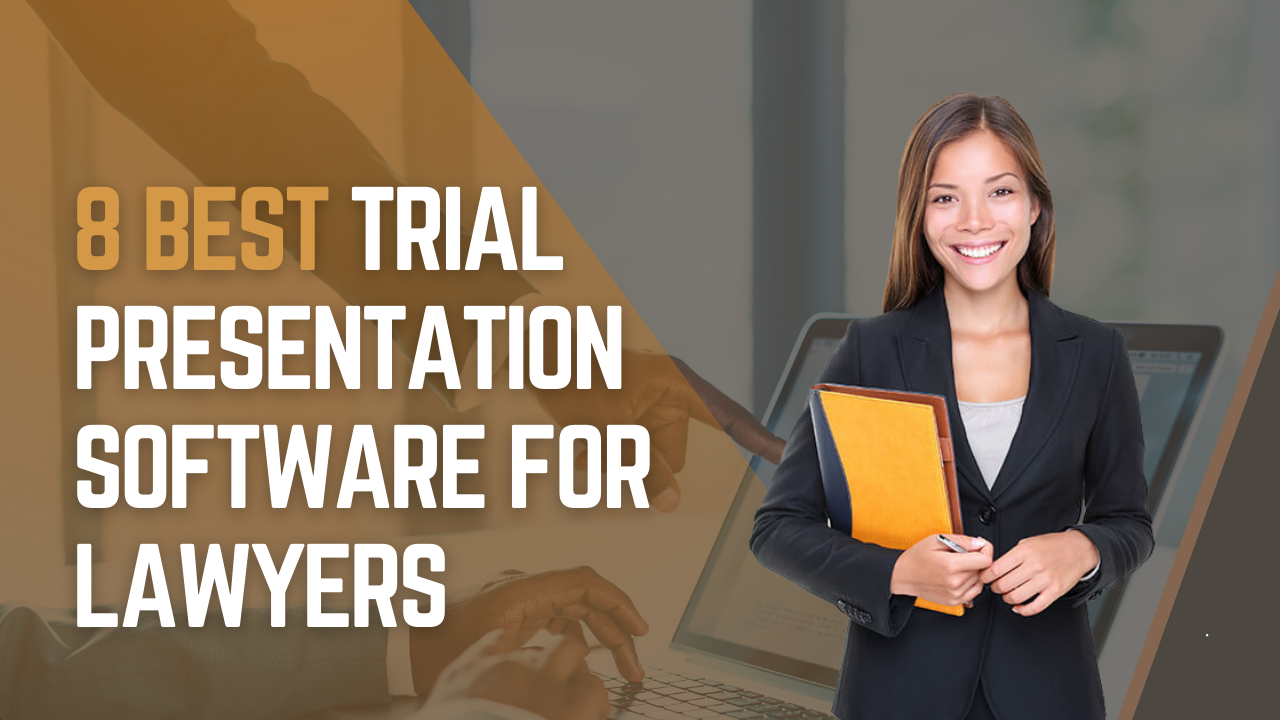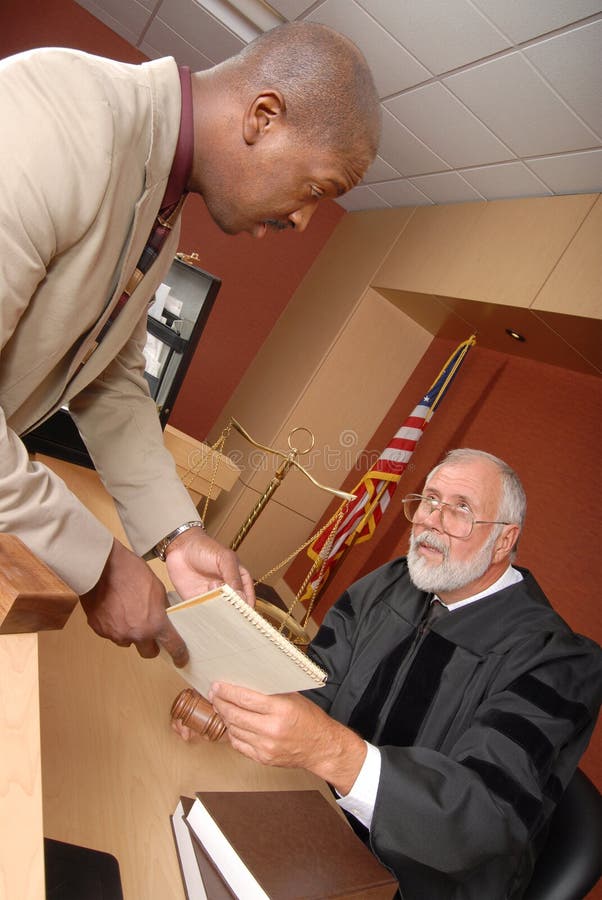Raise Your Legal Practice with Cutting-edge Trial Presentations: Ideal Practices and Recommendations
Raise Your Legal Practice with Cutting-edge Trial Presentations: Ideal Practices and Recommendations
Blog Article
Browsing the Intricacies of Trial Presentations: Tips for Seamless Distribution and Compelling Debates
In the world of legal proceedings, the art of test presentation stands as a critical component of success. As attorneys browse the elaborate internet of court characteristics, the capability to seamlessly supply arguments and proof while captivating the court's attention comes to be paramount. The intricacies inherent in test presentations need a fragile balance of strategy, skill, and skill. By honing methods that make certain a polished shipment and crafting engaging arguments that resonate with the target market, attorneys can substantially boost their advocacy. In a world where persuasion rules supreme, understanding the intricacies of trial discussions is not just an option but a requirement for those looking for to dominate in the courtroom.

Recognizing Trial Objectives
To properly navigate a trial, it is vital to have a clear understanding of the purposes that need to be achieved. Before entering the court room, lawful groups must define their goals and preferred results. These purposes offer as guiding principles throughout the trial, shaping techniques and influencing decision-making processes.
Comprehending test purposes entails a thorough evaluation of the instance, legal criteria, and the client's best rate of interests. Trial Presentations. It needs a careful assessment of the truths, determining crucial concerns, and preparing for possible difficulties. By establishing measurable and particular goals, attorneys can customize their discussions and disagreements to line up with the desired results
In addition, a clear grip of test goals enables legal groups to focus on evidence, witnesses, and legal debates properly. It enables for the advancement of a coherent narrative that reverberates with the court and jury, strengthening the overall case discussion.

Organizing Evidence Properly
Having a clear understanding of trial purposes lays the structure for arranging evidence properly in lawful process - Trial Presentations. By lining up the presentation of evidence with the wanted end results of the trial, legal groups can enhance their disagreements and enhance their persuasiveness. One crucial facet of arranging evidence is classification. Organizing evidence based upon styles or relevance to specific lawful aspects can help enhance the presentation and make complex details much more digestible for the court or jury.
Another trick element in arranging evidence properly is establishing a sensible flow. Offering evidence in a systematic and sequential way can help develop an engaging narrative that sustains the lawful disagreements being made. In addition, using aesthetic help such as graphs, charts, or timelines can better enhance the organization of proof and aid in clarifying complicated partnerships or sequences of events.
In addition, ensuring that all evidence provided is appropriate and permissible to the instance is important. Inadmissible or irrelevant evidence can diminish the stamina of the disagreement and possibly damage the reliability of the here and now event. A thorough testimonial and selection process should be carried out to include only the most impactful and legally sound evidence in the test discussion.
Crafting Influential Stories
Crafting engaging stories plays a crucial role in presenting persuasive disagreements during legal procedures. A well-crafted story has the power to mesmerize the target market, stimulate feelings, and eventually persuade the choice in support of the offering event. When creating a story for a test discussion, it is necessary to develop a clear story that highlights bottom lines and links them in a meaningful manner. Begin by detailing the realities of the situation in a compelling manner, ensuring that the series of events is very easy to adhere to. Introduce characters effectively, offering background info that helps the audience understand their activities and motivations. Additionally, incorporating dazzling summaries and appealing language can bring the narrative to life, making it more remarkable for the discretionary. By weaving together proof, statement, and legal debates right into a cohesive and persuasive narrative, lawful experts can efficiently support for their customers and enhance the likelihood of a desirable result in the courtroom.
Grasping Aesthetic Aids
Efficient use visual aids is vital to enhancing the effect and quality of test presentations. more Aesthetic help, when utilized strategically, have the power to streamline intricate information, strengthen bottom lines, and leave a lasting perception on the court and court. To master visual aids in trial discussions, it is critical to guarantee that they are clear, concise, and appropriate to the debates being made.
When including visual aids, such as charts, timelines, charts, or pictures, into a trial presentation, it is important to keep them visually appealing yet expert. The visuals must match the verbal disagreements, supplying a graph of the info being gone over without frustrating the target market with unnecessary details.
Furthermore, experimenting the visual aids beforehand is important to guarantee a seamless delivery throughout the test. Acquainting oneself with the material, shifts, and timings of each visual aid can aid keep the circulation of the presentation and avoid technical problems that might develop.
Delivering Impactful Closing Arguments
A compelling closing debate serves as the end YOURURL.com result of a trial discussion, encapsulating the core story and persuading the court and court towards a desirable decision. Begin by laying out the main debates that support your client's placement, emphasizing why the proof offered throughout the trial sustains your story.
In addition, integrating emotional appeal can further enhance your closing argument. By connecting and humanizing the situation on an individual level with the decision-makers, you can evoke compassion and understanding, influencing their perception of the truths offered. Additionally, repeating the lawful criteria that should be satisfied for a desirable ruling can reinforce the credibility of your placement. Inevitably, a well-crafted closing argument ought to leave an enduring impact, engaging the judge and jury to rule in your client's favor.
Verdict
In verdict, understanding test discussions entails recognizing purposes, arranging proof, crafting narratives, using visual aids, and delivering impactful closing arguments. By implementing these strategies effectively, lawyers can offer their instance flawlessly and make engaging disagreements in the court. It is important to navigate the complexities of test discussions with precision and skill to attain success in lawful procedures.
By lining up the presentation of proof with the Recommended Site wanted results of the trial, lawful groups can enhance their arguments and boost their persuasiveness (Trial Presentations). To grasp visual aids in test presentations, it is essential to ensure that they are clear, succinct, and appropriate to the arguments being made
An engaging closing disagreement serves as the end result of a trial presentation, enveloping the core narrative and encouraging the court and jury in the direction of a beneficial decision. Begin by detailing the primary debates that sustain your client's setting, emphasizing why the proof presented throughout the test supports your story.In final thought, understanding trial discussions includes understanding goals, organizing evidence, crafting stories, using aesthetic aids, and supplying impactful closing arguments.
Report this page